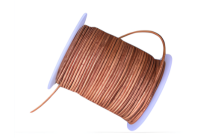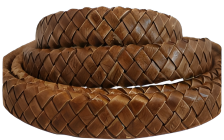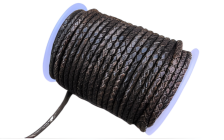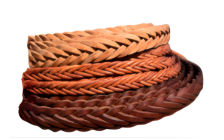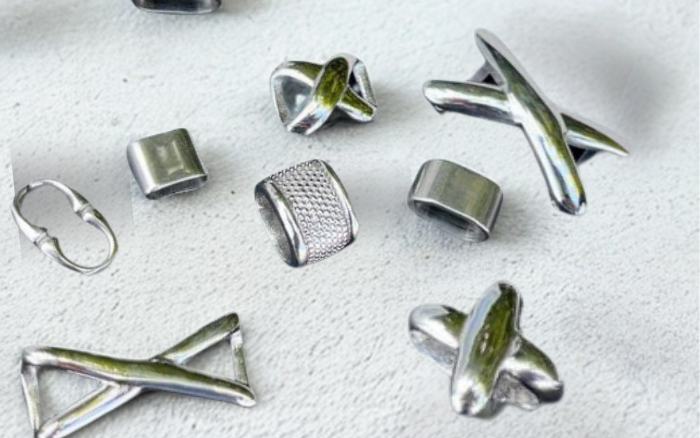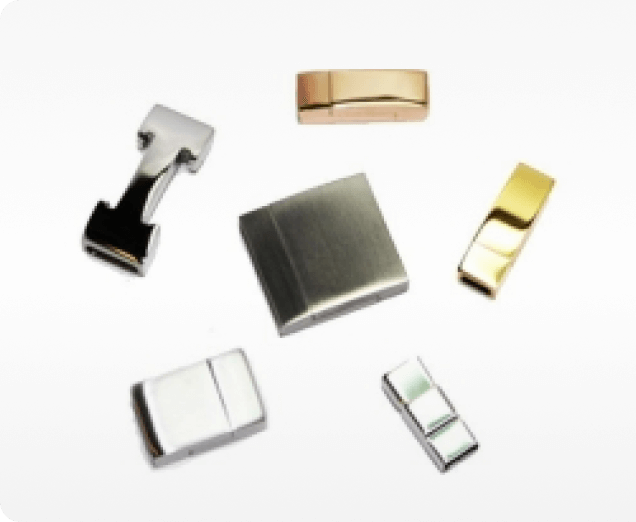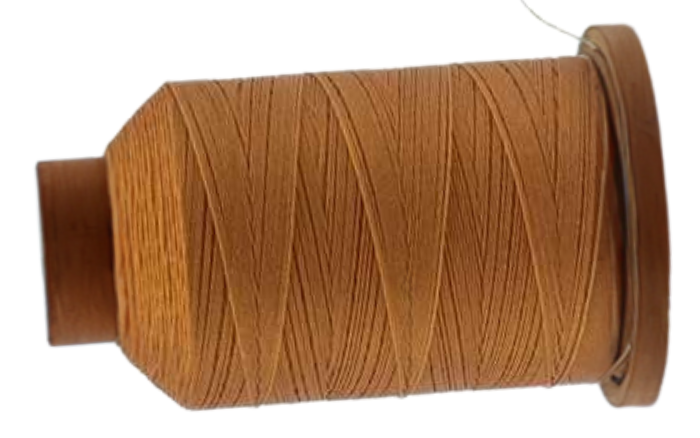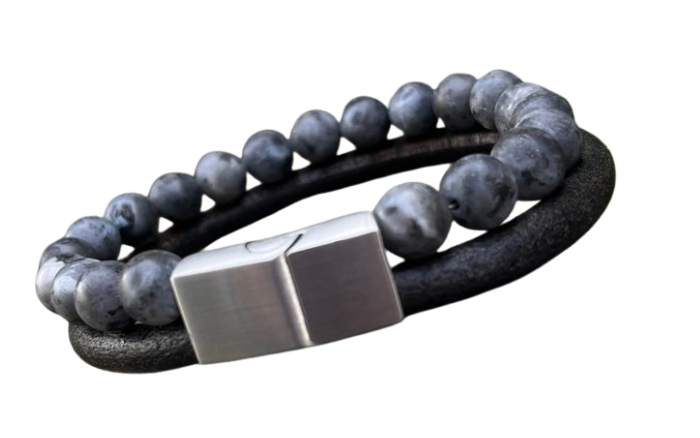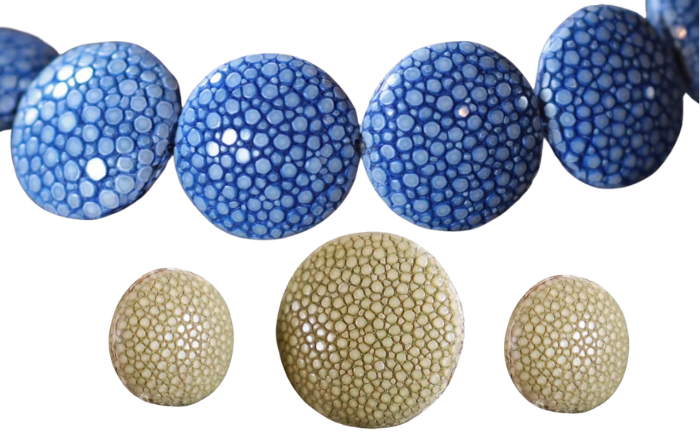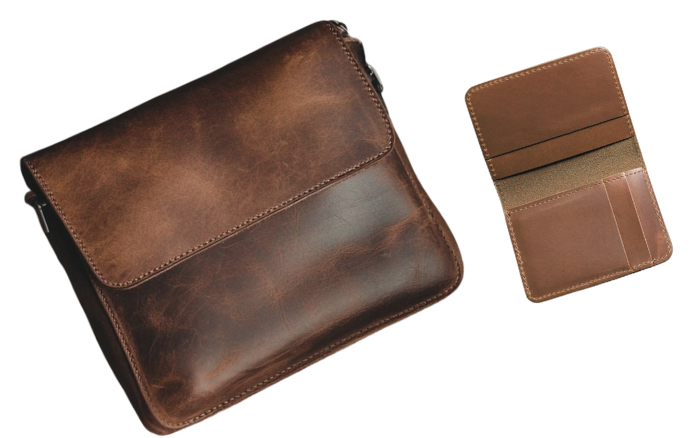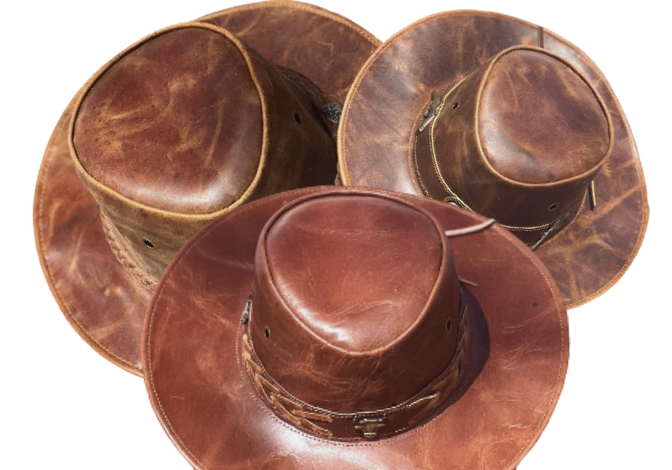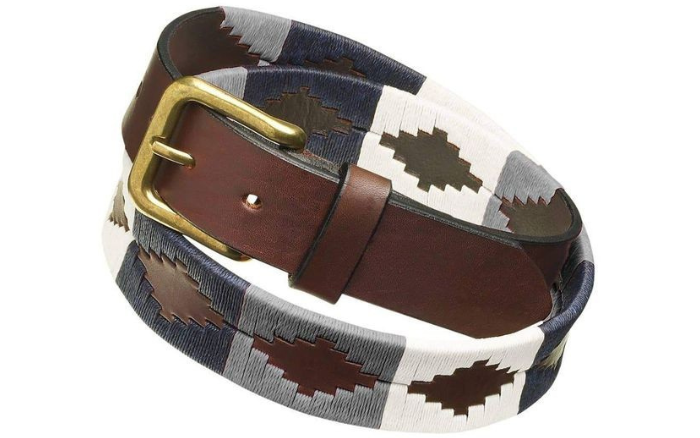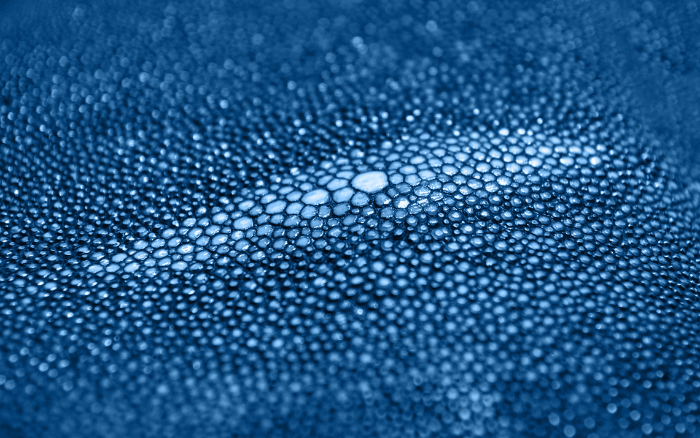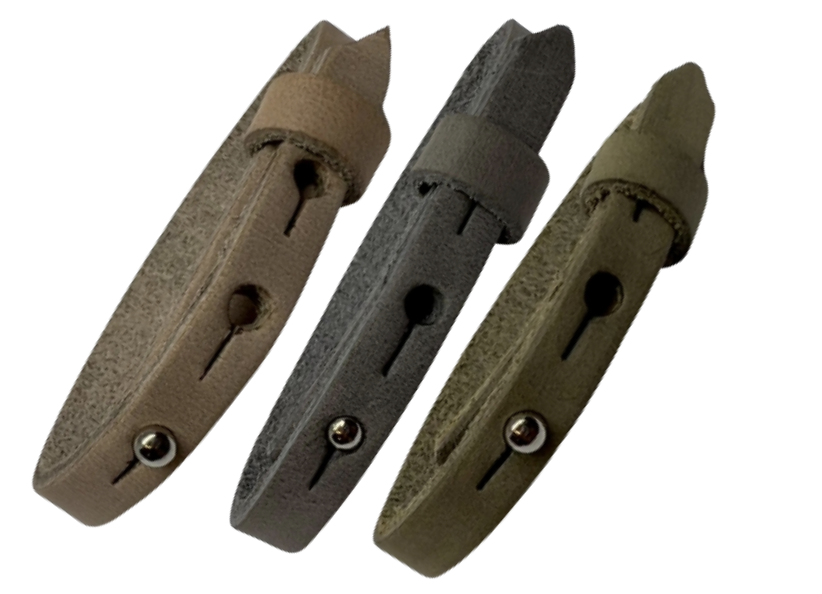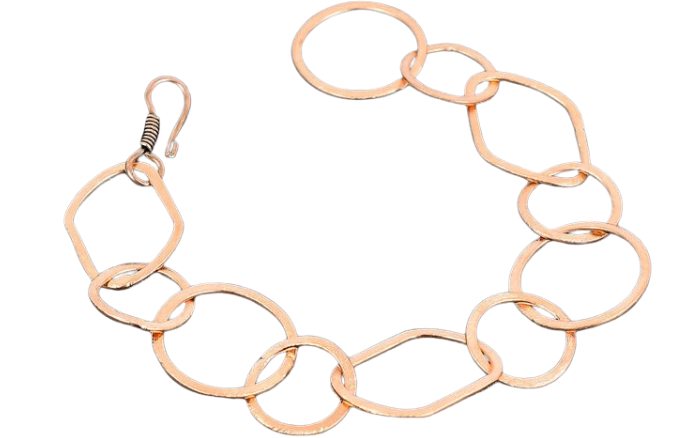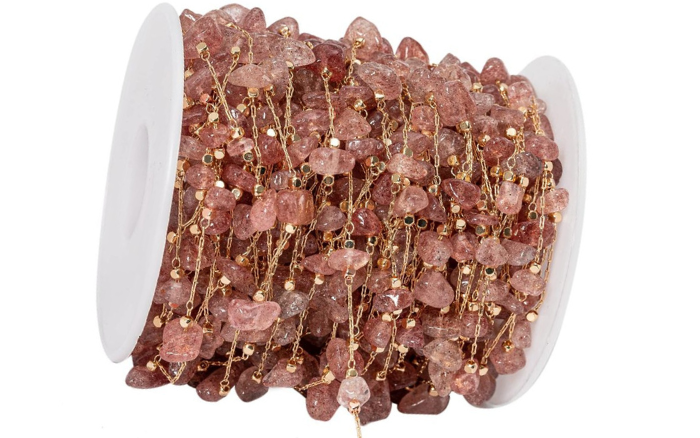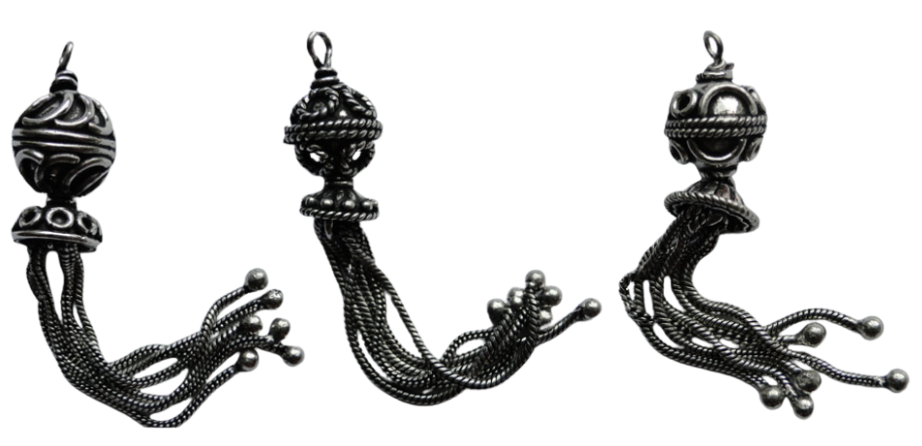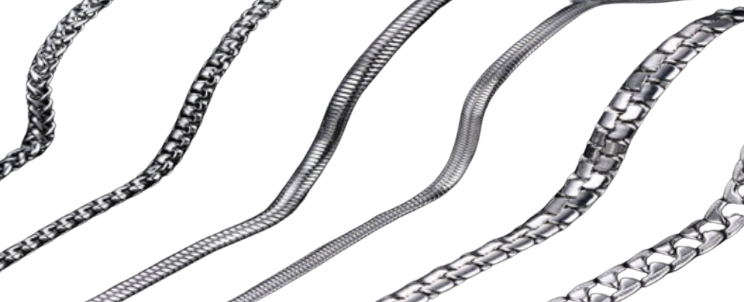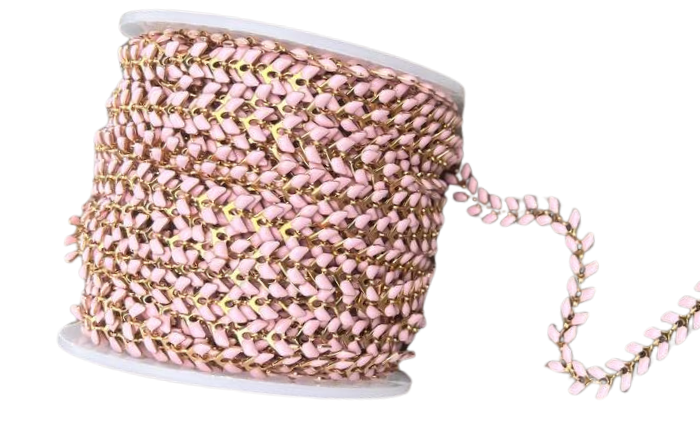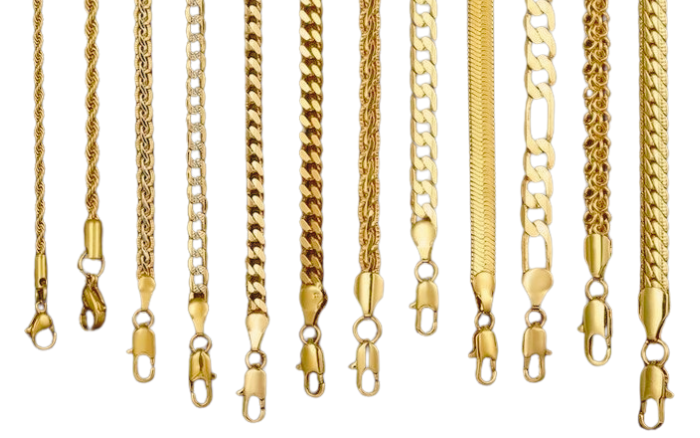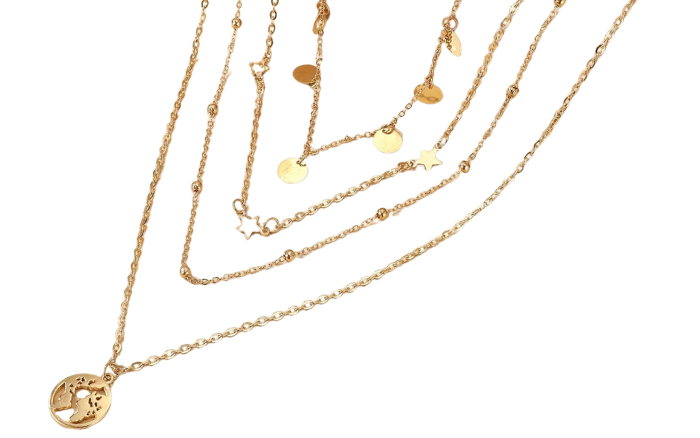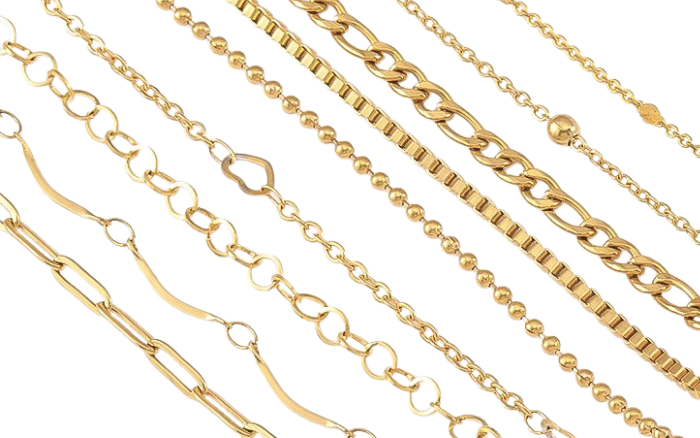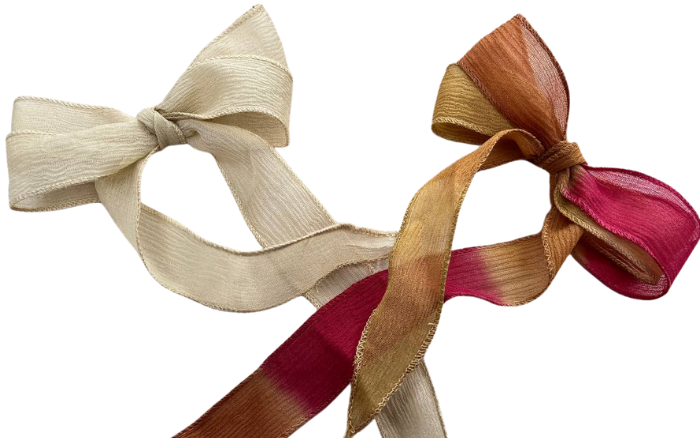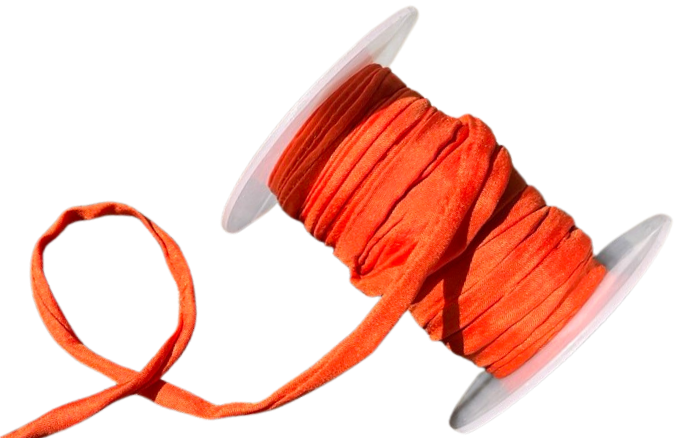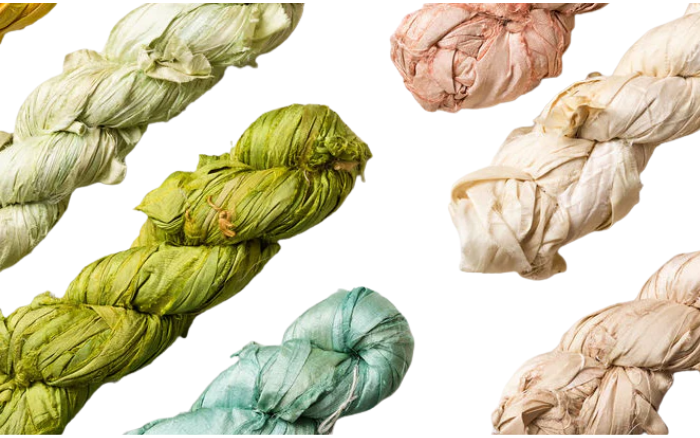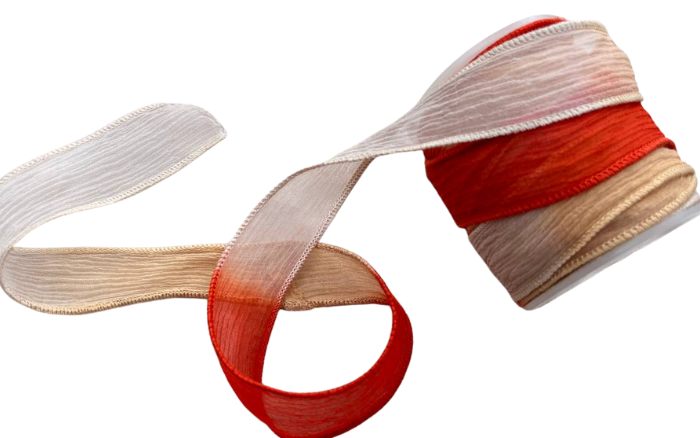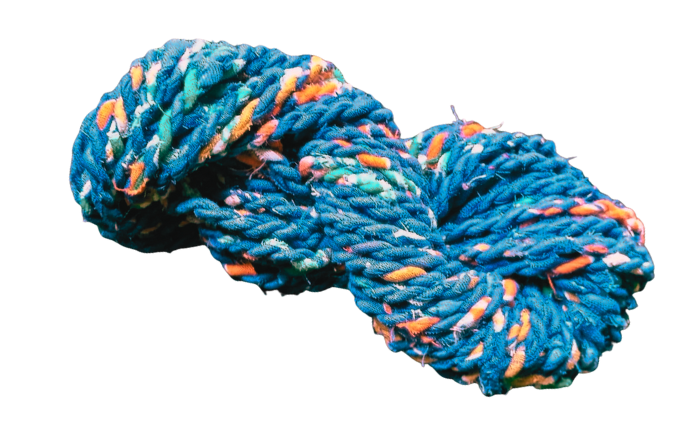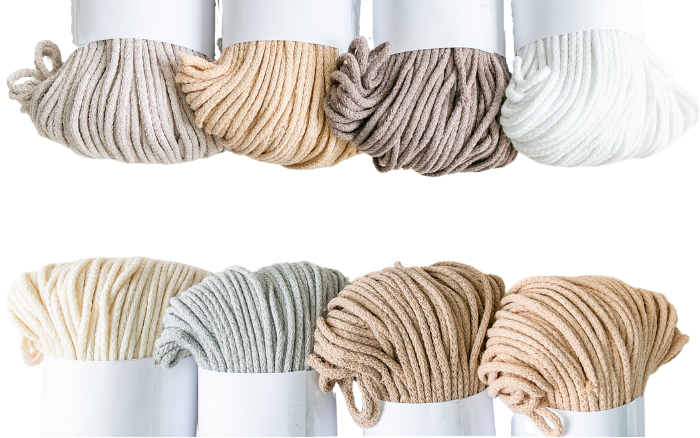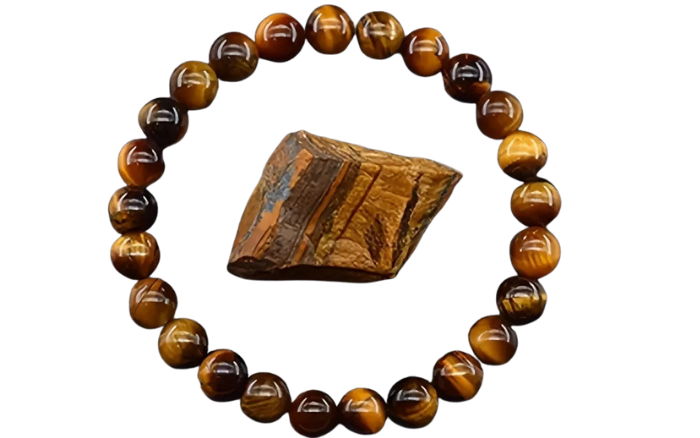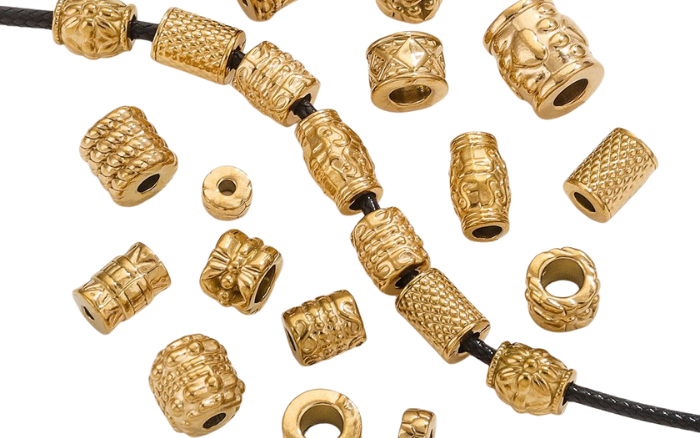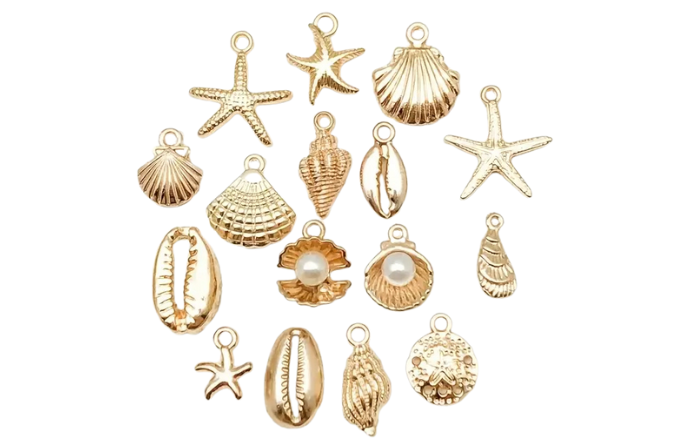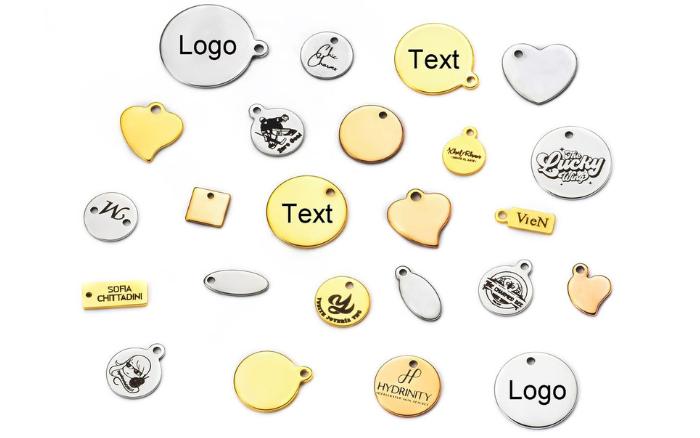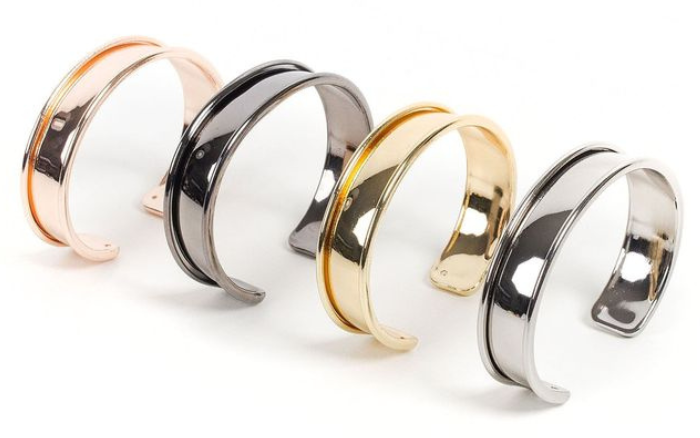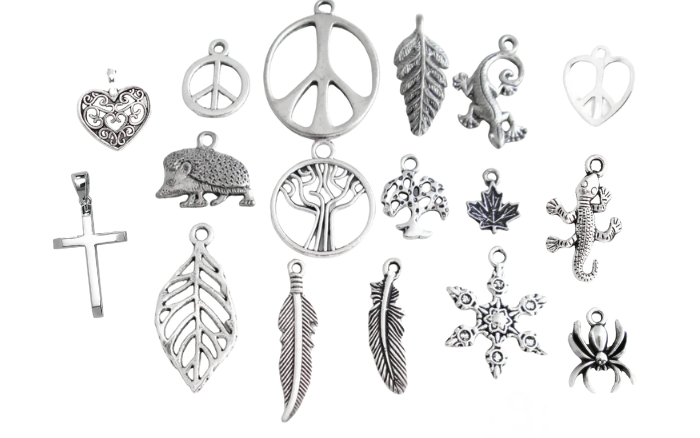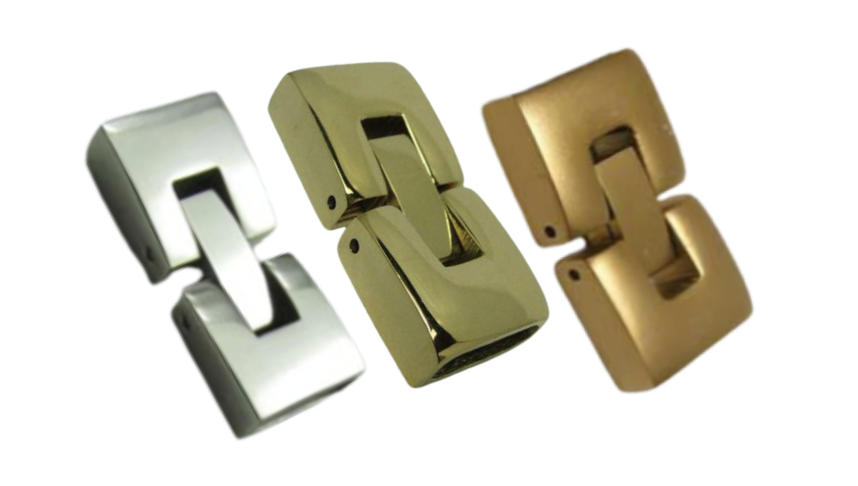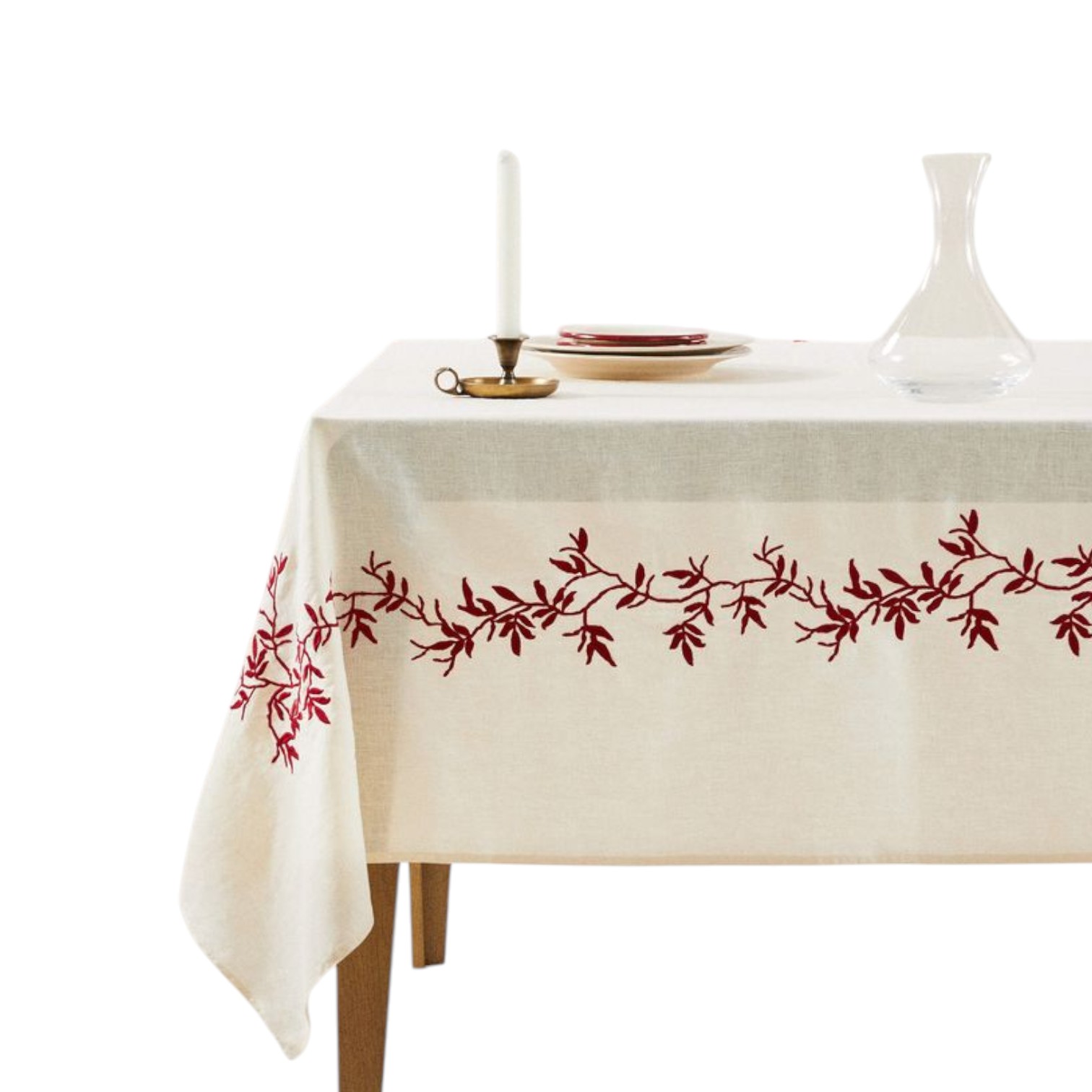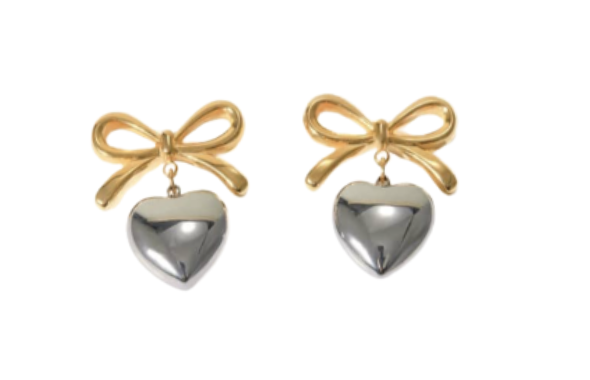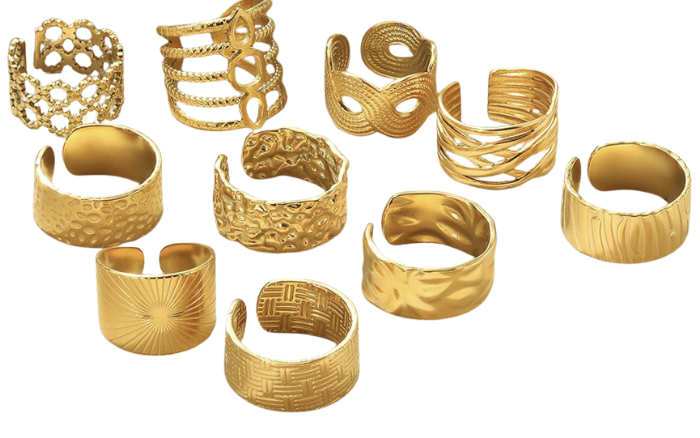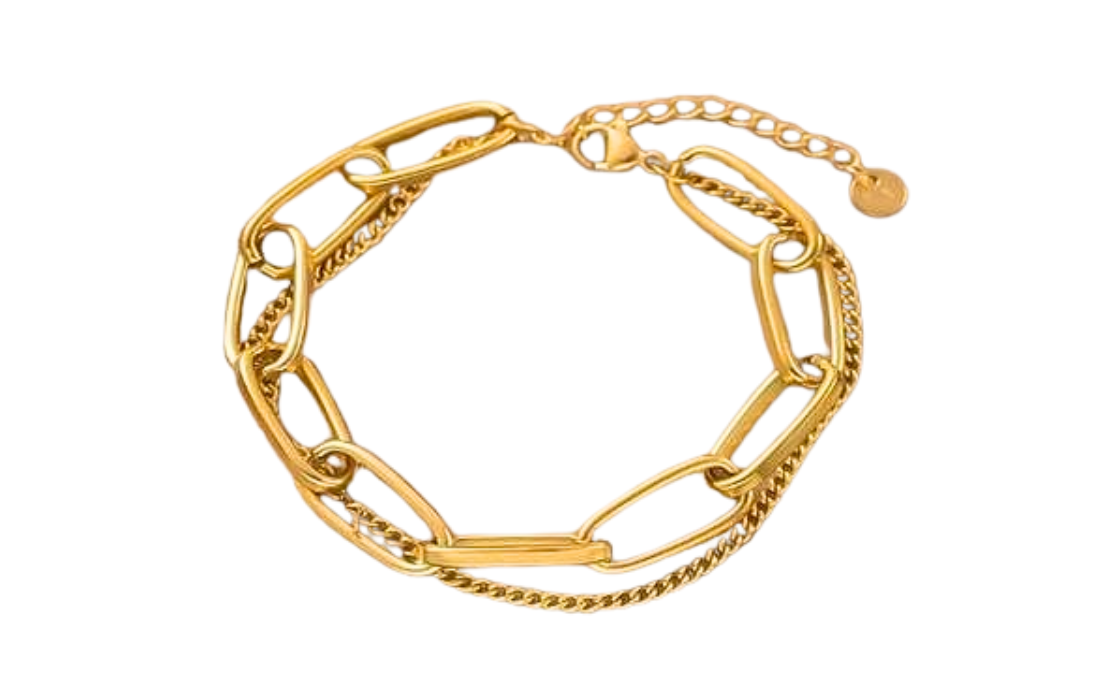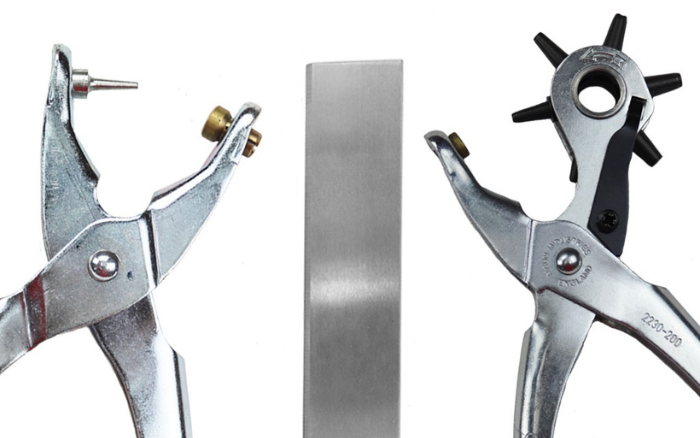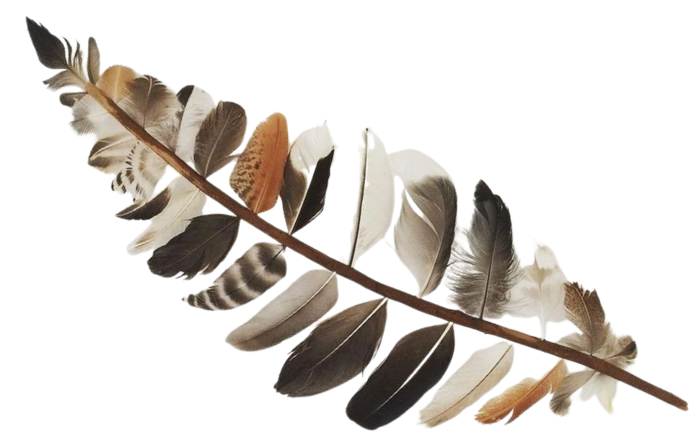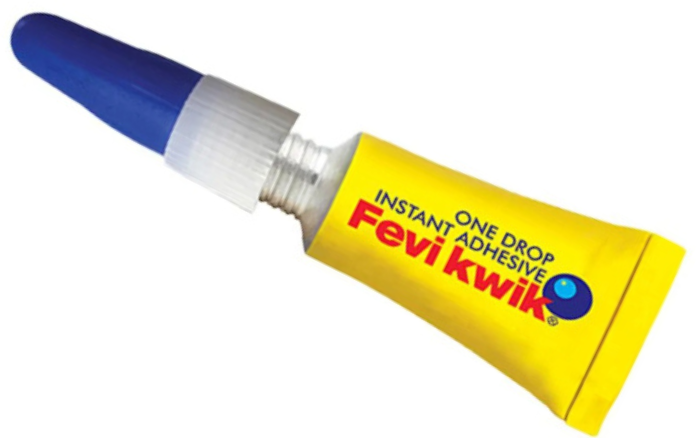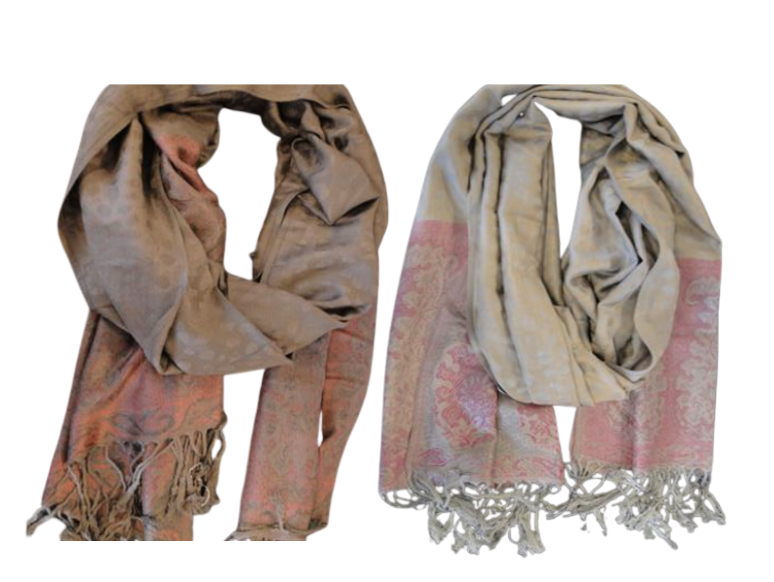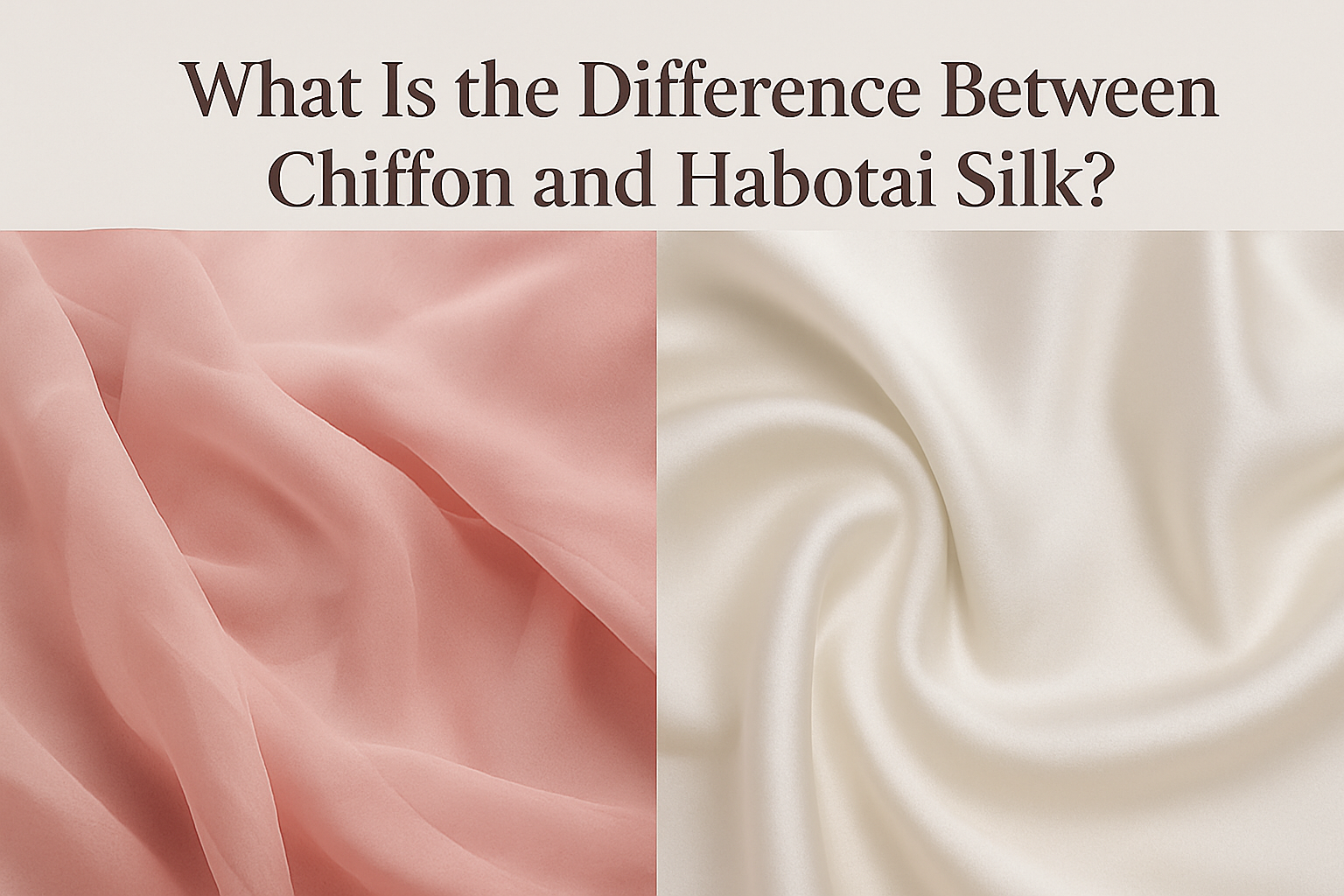What Is the Difference Between Chiffon and Habotai Silk?
Silk is one of the most loved fabrics in fashion and jewelry design, but not all silks are the same. Two popular types are Chiffon silk and Habotai silk, both beautiful, yet very different in look, feel, and use. Let’s break down the key differences so you can choose the right one for your projects.
Texture: Lightweight, sheer, and slightly rough with a crepe-like feel.
Appearance: Transparent and airy, often layered for flowy looks.
Common Uses: Evening gowns, scarves, overlays, and delicate wraps.
Jewelry Design Use: Works beautifully as sheer silk ribbons or accents in bohemian-style jewelry.
Texture: Smooth, soft, and lightweight, but less sheer than chiffon.
Appearance: Has a gentle sheen and a more solid, flowing drape.
Common Uses: Lining, ribbons, cords, scarves, and jewelry wrapping.
Jewelry Design Use: Popular for silk cords and ribbons because it dyes beautifully and feels luxurious on the skin.
Key Differences Between Chiffon and Habotai
| Feature | Chiffon Silk | Habotai Silk |
| Sheerness | Very sheer, transparent | Semi-sheer to opaque |
| Texture | Slightly rough, airy | Smooth and soft |
| Weight | Ultra-light | Light but more substantial |
| Best For | Dresses, scarves, overlays | Ribbons, jewelry cords, linings |
| Feel | Crisp, flowy | Soft, flowing |
Which One Should You Choose?
Choose Chiffon if you want something airy, delicate, and transparent for layering or accents.
Choose Habotai if you want a soft, versatile silk with more body, especially for jewelry cords, ribbons, and bold silk accessories.
Final Tip
Both chiffon and Habotai silk are timeless, but each serves a different purpose. For jewelry makers and designers, Habotai silk is often the go-to choice thanks to its smooth texture, vibrant dyeing ability, and versatility.
👉 Explore Sun Enterprises’ collection of Habotai silk cords and ribbons to add natural luxury to your jewelry creations.


